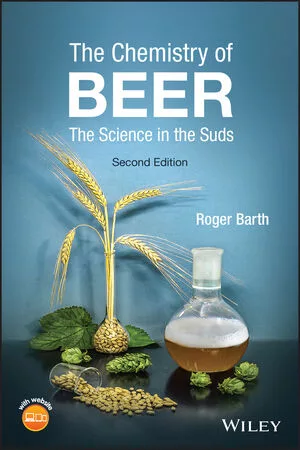How to select, operate and maintain beverage fillers
Maintenance, training essential for optimum performance
Observations, special studies and compliance evaluations have led to the conclusion that the filling machine is the kingpin of practically every beverage production/packaging line in any segment of the industry. Visits to wineries, distilleries, breweries, soft drink facilities, as well as juice, water and specialty beverage facilities, have provided substantial evidence that many portions of the supply chain are affected by the filler at the production source.
From an operations perspective, it establishes the fact that filling machines play a very significant role in the beverage arena.
Some specific questions regarding issues involved with the selection, purchase, use and maintenance of beverage fillers can help understand why the rationale and philosophy that exists among producers makes the focus on filling such a critical item on the agenda.
Five years ago, a comprehensive review of how fillers have changed with time highlighted several considerations that still are valid today; however, the basic concept of a rotary filling machine has existed for most of the last century. So, what has changed, why and what future changes can be projected?
The size of fillers has dramatically changed from an origin of less than 20 valves to now more than 180 valves. The number of valves increases the physical size of the filler and presents other selection problems. Smaller fillers require less space and help dictate the configuration of the entire line. Larger fillers also dictate configuration, but have a considerably larger footprint. In most cases, the size of the filler depends on the needs of the producer — what is the projected volume, what package and product will be run, and will it be compatible with other line components? Instances have occurred in which fillers were so large that the filling room was built around the machine. Such a scenario can cause operating and maintenance problems, which defeat the initial purpose.
Filler speeds are relative to the number of valves and the size of the filler itself. Usually, smaller fillers have fewer valves, larger fillers contain more valves; however, speed becomes a factor in both situations. With the constant desire to obtain a maximum speed, filler speeds, regardless of the intended design, the measurement of line efficiency and the inevitable uptime/downtime ratio, are practically governed by what the filler is scheduled to do. What container, package and product are planned for a filler on a day-to-day basis does, in fact, govern actual running speeds.
Filler speeds have been a controversial issue especially when measuring filler performance. However, from a purely technical view, which always should be considered, the actual safe operating speed for any beverage filler is a matter of physics because of the forces generated by the rotation of the filler. At what speed will a filled container be ejected from the filler? Obviously, that condition never should exist.
Therefore, filler operating speeds must consider these factors and more to ensure practical, safe and acceptable quality packaged production.
Once the process of need and filler selection have been astutely conducted, the next steps on the filler agenda are even more critical.
The intricate nature of beverage fillers requires an attendant thoroughly knowledgeable about the filler nomenclature and its operation. Traditionally, people assigned to fillers are called filler operators. Although they do not actually operate the filler, they must know which buttons to push, when and what they will do. Because the filler is such a vital part of the production line, it must, in fact, be “operated.” When the filler is not running, the entire line in whole or part is shut down. “Keep the filler running” is a good slogan to remember.
But “keep the filler running” is only part of the operation. On-the-job training is applicable to many jobs and crafts; however, operating experience and maintenance records have been sufficiently referenced to indicate the necessary — almost mandatory — relationship among operators, maintenance and training.
There is a final step in the focus on fillers. Once selected, operated and maintained, fillers must be cleaned and sanitized according to specified methods and procedures. Personnel assigned to cleaning and sanitizing complex beverage fillers cannot be the normal entry-level cleanup person. The point is raised here for several reasons: most cleaning procedures require the filler to be activated, proper clothing must be worn to avoid machine contact, proper and sufficient tools must be provided for cleanup, and all personnel assigned to cleaning-type operations must be trained and periodically updated on machinery changes and procedure/method improvements. BI
Looking for a reprint of this article?
From high-res PDFs to custom plaques, order your copy today!





